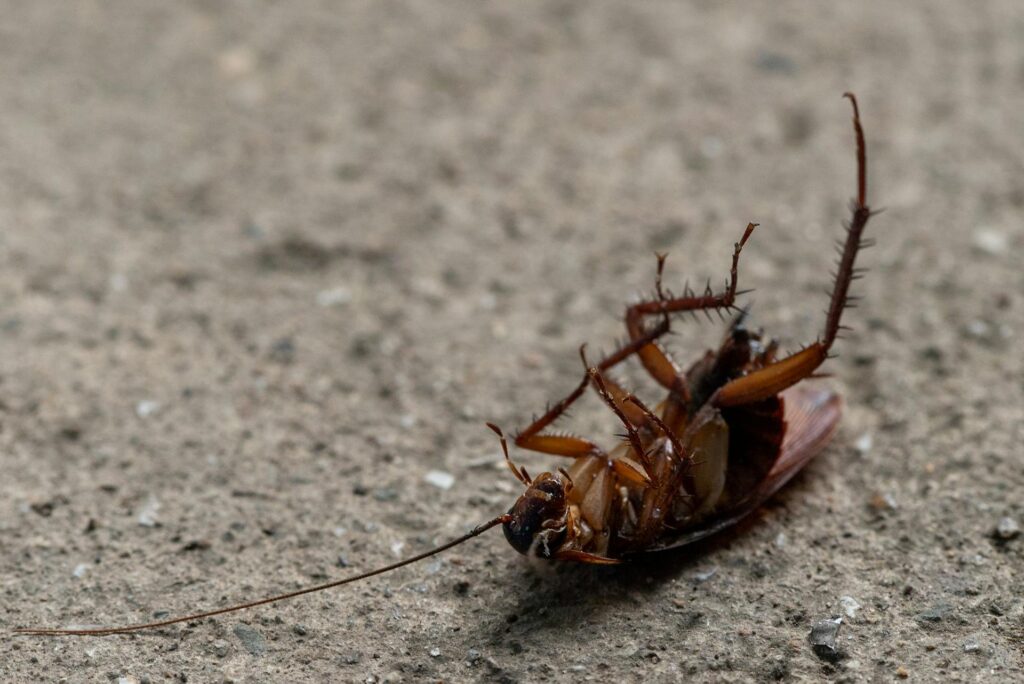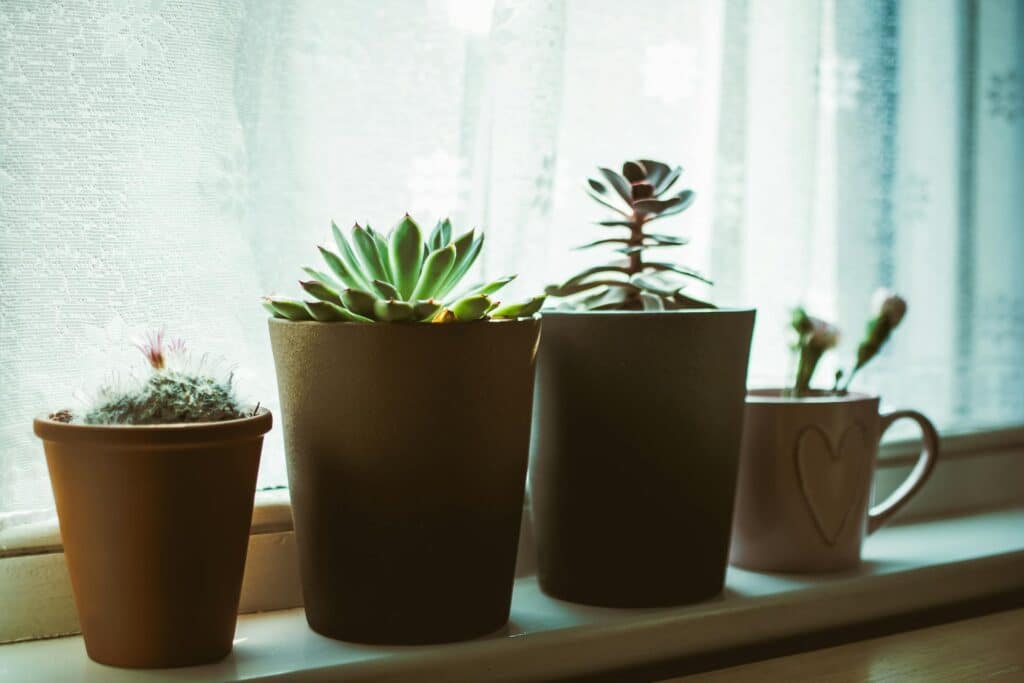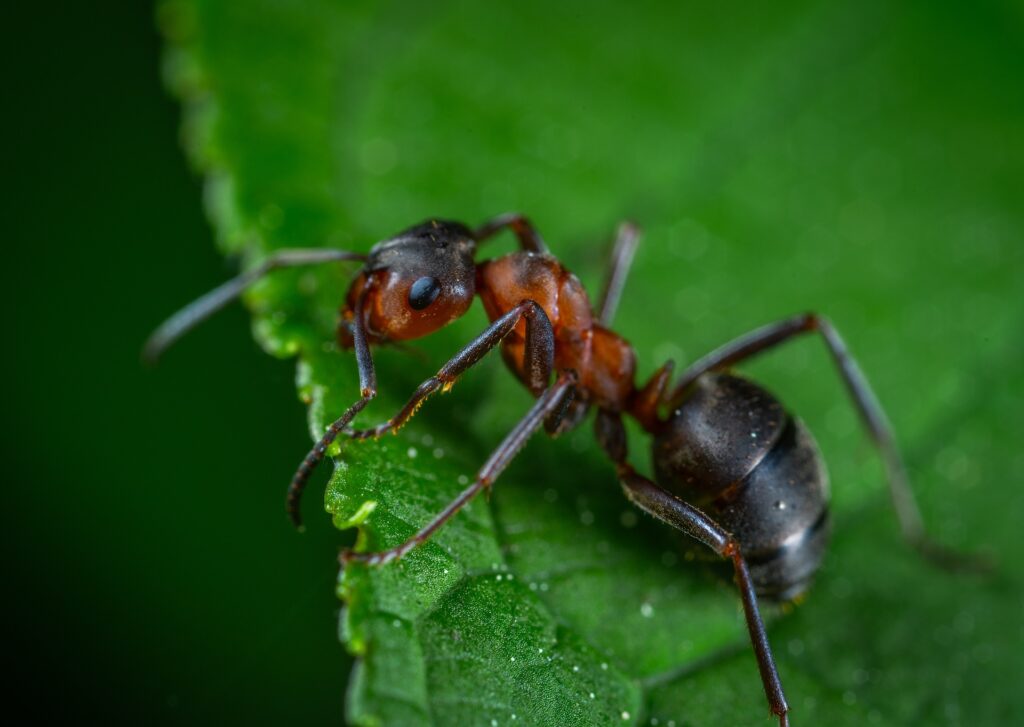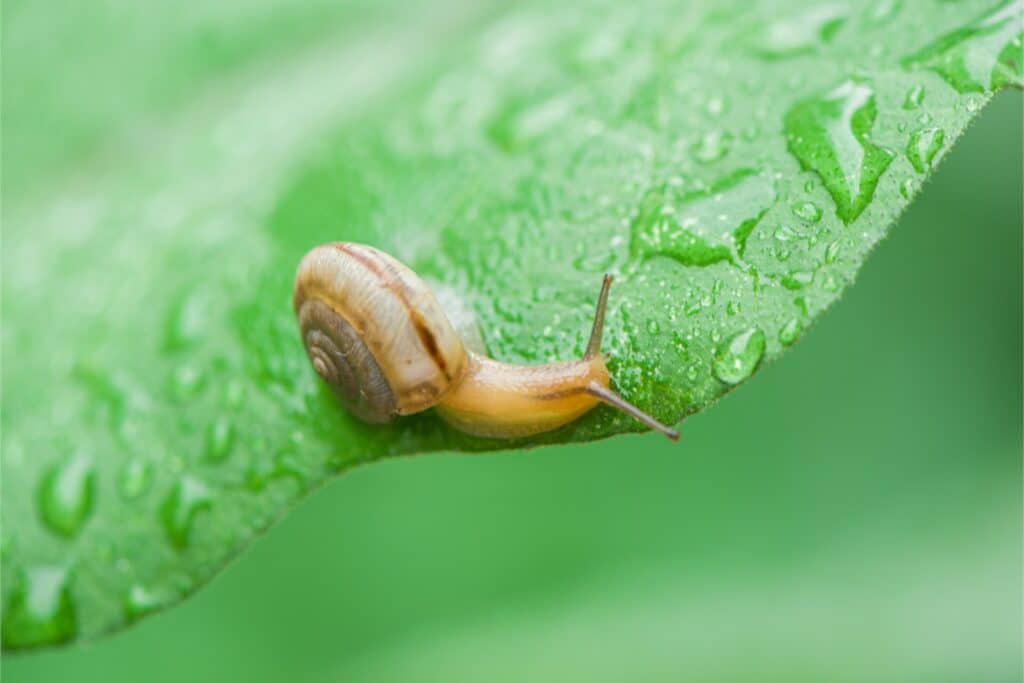Help! There are tiny white moths in my pantry.
Have you ever noticed small white moths fluttering around your pantry lights or discovered webbed clusters in your cereal boxes? These unwelcome visitors are likely Indianmeal moths, a common household pest that can wreak havoc on your dry goods.
This article will equip you with the knowledge to identify these pests, understand their lifecycle, and eliminate them from your pantry.
Identifying the Indianmeal Moth in Your Pantry
The adult Indianmeal moth is a small, reddish-brown moth with a wingspan of about 5/8 inch. While the adult moth itself is relatively harmless, it’s the larvae—the whitish, half-inch-long caterpillars—that pose the real threat to your food.
These larvae can be difficult to spot, but their presence is often revealed by telltale signs like webbing in food containers or frass (insect droppings) resembling sawdust.
How Indianmeal Moths Invade Your Pantry
These unwelcome guests can infiltrate your home in several ways. The most common culprit is contaminated food packages. Eggs, often microscopic, can be present on grains, cereals, spices, or even dried pet food before they reach your shelves. Once these eggs hatch in your pantry, the larvae become active feeders, chewing their way through your stored food.
Additionally, adult moths can fly in through open windows or cracks in packaging, seeking out suitable nesting grounds for their eggs.
Taking Back Your Pantry: Effective Strategies for Eradicating Indiandmeal Moths
If you suspect an Indianmeal moth infestation, don’t worry! Here’s a comprehensive plan to reclaim your pantry:
- Inspection and disposal: Conduct a thorough inspection of your pantry. Look for adult moths, webbing, larvae, or frass in all dry food containers. Discard any infested food items without hesitation.
- Cleaning is key: Once you’ve removed the contaminated food, thoroughly clean your pantry shelves. Vacuum up any debris, larvae, or eggs, paying close attention to cracks and crevices. Wash shelves with warm, soapy water, followed by a white vinegar solution to eliminate lingering odors and potential eggs.
- Container upgrade: Invest in airtight containers for all your dry goods. Opt for glass jars with secure lids or durable plastic containers with snap-on closures. These will prevent future infestations by stopping moths from accessing your food supply.
- Freezing for prevention: Consider storing certain dry goods, particularly those not in immediate use, in your freezer. This disrupts the moth’s lifecycle and prevents them from multiplying. Items like flour, meals, nuts, and dried chilies can all be frozen for extended storage.
Preventing Indianmeal Moths
By following these simple preventative measures, you can significantly reduce the risk of future Indianmeal moth infestations:
- Buying in moderation: When purchasing dry goods, opt for smaller quantities to ensure faster consumption and minimize the chance of products sitting on the shelf for extended periods.
- Regular inspection: Schedule regular pantry inspections to identify potential problems early on. Look for signs of moths or webbing and check for expiry dates on stored food.
- Bay leaf repellent: Some homeowners recommend placing bay leaves in your pantry as a natural moth repellent. While the scientific evidence is inconclusive, it can’t hurt to try alongside the other preventative measures and pest control for Indianmeal moths.
By implementing these effective strategies, you can successfully eliminate them from your pantry and protect your food from future infestations.
Remember, a clean and well-maintained pantry is the key to keeping these unwelcome guests at bay. If you have any further questions about Indianmeal moth removal or require professional pest control assistance, reach out to us today at Aptive – we’re here to help.








